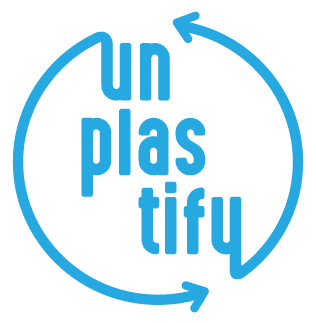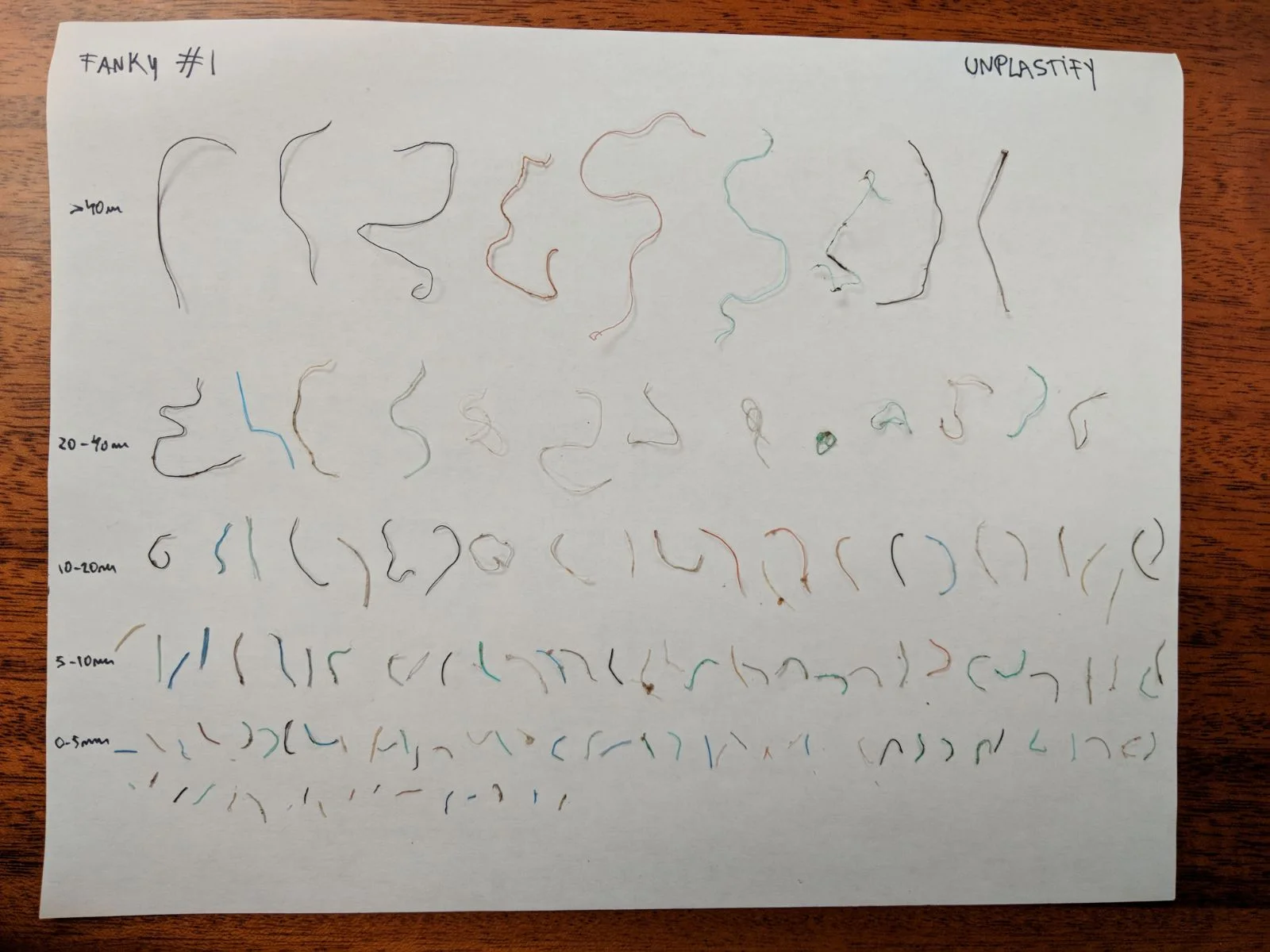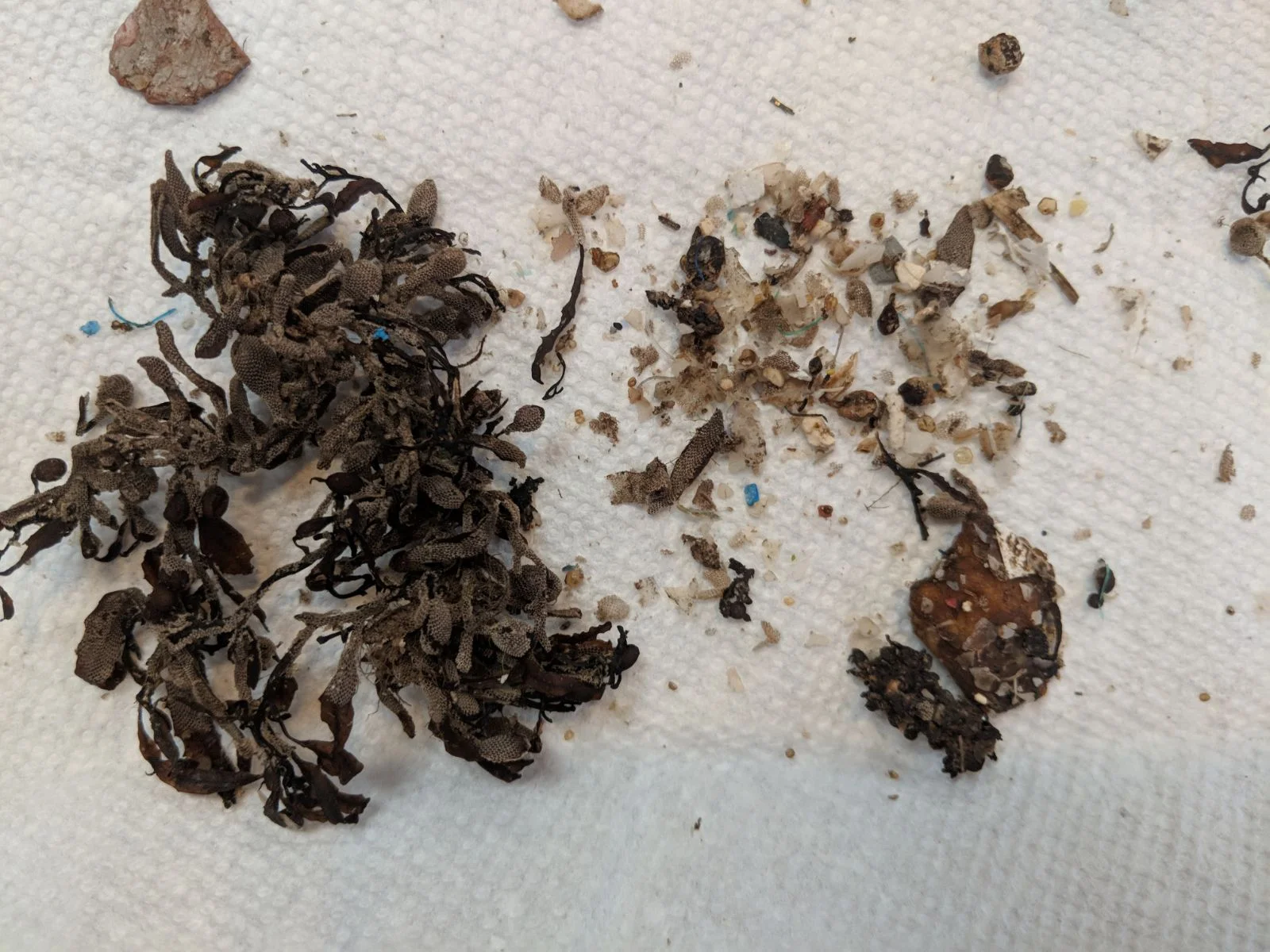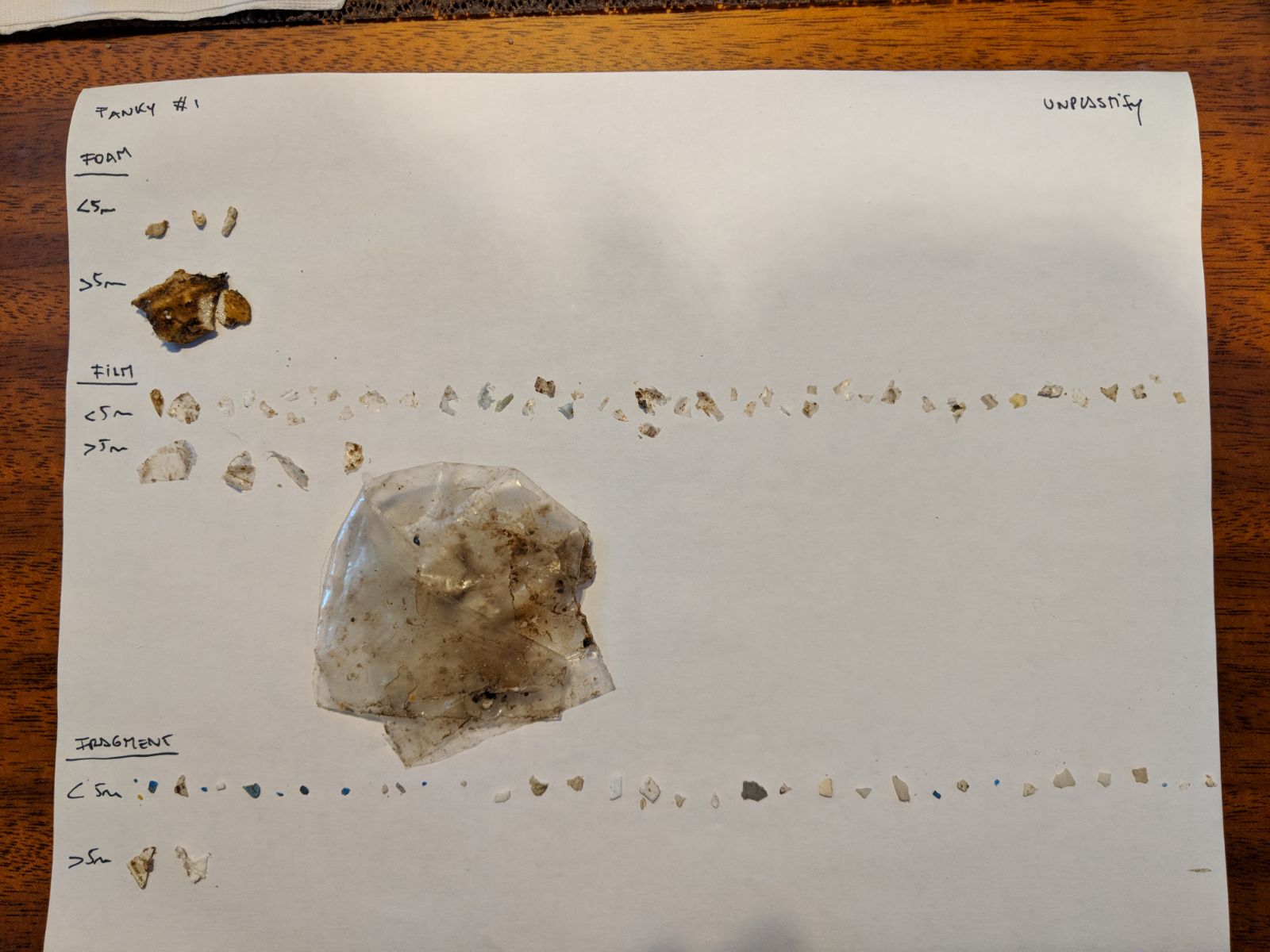PRIMERA NAVEGACIÓN OCEÁNICA // First Oceanic Leg
Bitácora #2: Primera Navegación Oceánica y Primer Muestreo
Las últimas semanas antes de zarpar en New York fueron muy ocupadas (y algo estresantes). Tuvimos imprevistos, algunos encargos se retrasaron y tuvimos que ajustar un poco los planes. Un marinero de Britannia que conocimos nos dijo: “uno hace planes para que Dios se ría”. Y navegar es un poco así, uno planifica para después adaptarse a las circunstancias y cambiar lo planeado.
En principio, el plan era navegar hacia el sur, hasta Virginia, para sumarnos a una pequeña flota de barcos que salían para Bermuda el 5 de Mayo. Pero finalmente decidimos ir directo desde New York. Estudiando la ruta, dimos con un experto en la corriente del Golfo, Frank Bohlen. Nos encontramos con él en la Universidad de Yale y pasamos una tarde aprendiendo el comportamiento de esta fuerte corriente de agua cálida que va hacia el Norte desde el Caribe. Tiene un ancho de aprox. 100km, y sus efectos sobre el clima pueden ser muy potentes. Por suerte, al momento de atravesarlo, las condiciones ayudaron y el cruce fue tranquilo. Además, Frank nos acompañó todo el tiempo por mensajes satelitales. Fue genial tener a un experto casi a bordo. Gracias, Frank!
Volviendo a la línea de largada, en medio de las corridas previas, crecía mi entusiasmo por lo que estábamos por hacer. No sólo con el desafío de cruzar el océano navegando, sino por las objetivos que nos planteamos con Unplastify. Un día me puse a reflexionar sobre la contradicción de estar subiéndonos a un barco de plástico para dar un mensaje desplastificador. Fanky tiene mucha madera, adentro y en cubierta, pero está fundamentalmente hecho de plástico reforzado con fibra de vidrio. La realidad es que si bien los barcos de madera se ven bien, requieren muchísimo mantenimiento y pintura. Un barco de madera que no está bien mantenido se puede tornar muy peligroso cuando se pudre la madera. En la náutica hay mucho plástico y tiene que ver con la impermeabilidad y resistencia, que a su vez tiene que ver con la durabilidad y seguridad. Esto me ayuda a entender que el problema no esta en el material plástico en sí, sino el su uso, abuso y “descartabilidad”. En este caso, gracias a que Fanky es de plástico, que podemos estar haciendo esta travesía oceánica con seguridad.
El día de salida fue 3 días mas tarde de lo planeado. Salimos al atardecer del 8 de mayo de New York. Al ratito de salir anocheció, y ya desde el principio había bastante ola cruzada. Creímos se calmaría al llegar a aguas profundas, pero no. La primer noche fue dura, con mucha ola, frio y lluvia. Toda la tripulación estuvo mareada las primeras 24 horas, sin poder probar bocado. Y costo como otras 24 horas volver a la normalidad después del sacudón de la primera noche. Al tercer día empezamos a tener mejores caras a medida que el clima fue mejorando gradualmente. Olas mas bajas y espaciadas, sol y viento en popa. El tiempo siguió mejorando día a día.
Aprovechamos la calma de los últimos días para tomar muestras. Veíamos el agua cristalina y pensábamos que no encontraríamos nada, pero nos llevamos una sorpresa. Bajamos el trawl de 5 Gyres al agua por dos horas. Fue impresionante ver la cantidad de piezas chiquitas de plástico mezcladas con algas, meduzas, cangrejitos y otros seres vivos. A simple vista ya se podían ver un montón de partículas coloridas entretejidas con los seres vivos de la muestra. Después analizar la muestra concluímos que "peinando" una superficie de 10cm de mar durante 2 horas, encontramos 226 partículas de plástico: 135 filamentos, 49 piezas de film, 38 fragmentos y 5 partes de foam. Increible.
No sólo esto, sino que durante los días de calma, a cada rato avistamos objetos plásticos grandes, como globos, boyas y hasta una pelota semi-desinflada. Fue muy impresionante encontrar tanta basura plástica en un lugar tan remoto, a días de la tierra!
El día de llegada fue ideal, sol, calor y viento en popa. Subimos el spinnaker, que es una vela grande, bolsuda y colorida que aceleró a Fanky. Y al rato, tierra a la vista! Estudiamos la entrada al puerto y nos comunicamos con Bermuda Radio para avisar que llegaríamos en unas horas. Después de 4 días y 20 horas en el océano llegamos a Bermuda. Después de un comienzo difícil, Bermuda nos recibió con los brazos abiertos. El puerto de St. George esta dentro de una bahía espectacular con agua turquesa, rodeada de verde, un pueblito colonial y muchos barcos. Ahora, si bien dan ganas de pasear, hay mucho que hacer antes de la siguiente partida. Lo que queda del día descansamos y, al día siguiente, manos a la obra.
Gracias totales a la tripulación: NachoZap, Pipi e Iña por compartir la misión Unplastify a bordo de Fanky!
La corriente del Golfo en un mapa térmico
Bajando Fanky al agua
Única foto de los primeros días
Tomando muestras con el "Trawl" de 5 Gyres
Fanky gozando el viento en popa con spinnaker
Logbook #2 First Oceanic Leg and First Samples
The last weeks before we set sail in New York were very busy (and somewhat stressful). We had unforeseen events, some orders were delayed and we had to adjust our plans a bit. A sailor from Britannia that we met told us: "one make plans so that God laughs". And navigating is a bit like that, one plans to adapt to the circumstances and change what is planned.
Initially, the plan was to sail to the South, to Virginia, and join a small fleet of boats that left for Bermuda on May 5. But we decided to go direct from New York. Studying the route, we found an expert in the Gulf Stream, Frank Bohlen. We met him at Yale University and we spent an afternoon learning the behavior of this strong current of warm water that goes North from the Caribbean. It has a width of approx. 100km, and its effects on the climate can be very powerful. Luckily, at the time of crossing, conditions helped and the crossing was calm. In addition, Frank accompanied us all the time by satellite messages. It was great to have an expert almost on board. Thanks, Frank!
Going back to the starting line, in the middle of the countdown, my enthusiasm grew for what we were about to do. Not only about the challenge of crossing the ocean by sail, but also with the goals we had with Unplastify. One day I began to reflect on the contradiction of being on a plastic boat. Fanky has a lot of wood, inside and on deck, but it is mainly made of fiberglass reinforced plastic. The reality is that although wooden boats look good, they require a lot of maintenance and painting. A wooden boat that is not well maintained can become very dangerous when the wood rots. In water sports there is a lot of plastic and it has to do with waterproofness and resistance, which in turn has to do with durability and safety. This helps me to understand that the problem is not the plastic material itself, but is in its use, abuse and "disposability". In this case, thanks to Fanky being made of plastic, we can do this ocean crossing safely.
The day of departure was 3 days later than planned. We left on the evening of May 8, New York. After a little while, it was dark, and from the beginning there was quite a cross wave. We thought it would calm down when we reached deep water, but it didn't. The first night was rough, with lots of waves, cold and rain. The entire crew was seasick the first 24 hours, unable to taste a bite. And it costed like another 24 hours to return to normal after the shake of the first night. On the third day we began to have better faces as the weather gradually improved. Waves lower and spaced, sun and wind aft. Time continued to improve day by day.
We used the calm of the last days to take samples. We saw the crystal clear water and we thought we would not find anything, but we got a surprise. We lowered the 5 Gyres trawl to the water for two hours. It was impressive to see the amount of small pieces of plastic mixed with algae, mussels, crabs and other living beings. At first glance you could see a lot of colorful particles interwoven with the living beings in the sample. After analyzing the sample we concluded that "combing" a surface of 10cm of sea during 2 hours at 5 knots, we found 226 plastic particles: 135 filaments, 49 pieces of film, 38 fragments and 5 parts of foam. Amazing.
Not only this, but during the calm days, we saw very large plastic objects, such as balloons, buoys and even a semi-deflated ball. It was very impressive to find so much plastic trash in such a remote place, days away from the Earth!
The day of arrival was ideal, sun, heat and aft wind. We put up the spinnaker, which is a large, baggy and colorful sail that accelerated Fanky. And after a while, we saw land! We studied the entrance to the port and we communicated with Bermuda Radio to warn that we would arrive in a few hours. After 4 days and 20 hours in the ocean we arrived in Bermuda. After a difficult start, Bermuda welcomed us with open arms. The port of St. George is within a spectacular bay with turquoise water, surrounded by green, a colonial town and many boats. Now, although it makes us want to walk around, there is a lot to do on Fanky before the next leg. What's left of the day we rest and, the next day, we get to work.
Many thanks to the crew: NachoZap, Pipi and Iña for sharing the Unplastify mission aboard Fanky!
Translation powered by Google










